This article was co-authored by Tiffany Jumaily, MD and by wikiHow staff writer, Hannah Madden. Dr. Tiffany Jumaily is a Board Certified Pediatrician and a fellow of the American Academy of Pediatrics (FAAP) based in Los Angeles, California. With over a decade of experience in the medical field, Dr. Jumaily specializes in identifying the root cause of symptoms and presenting manifestations of disease. She holds a BA in Biology from Boston University and an MD from Boston University School of Medicine. Her dedication to combining evidence-based allopathic medicine with complementary and alternative therapies has led to her being featured and cited in various platforms including U.S. News & World Report, Forbes, and CBS Los Angeles.
There are 27 references cited in this article, which can be found at the bottom of the page.
This article has been viewed 42,069 times.
Having high blood sugar levels can increase your risk of type 2 diabetes, hyperglycemia, diabetic neuropathy, and other major health complications. Whether you’re taking medication for high blood sugar or not, read this article to find things you can do in your daily routine to lower your blood sugar naturally. We'll not only give you recommendations for foods that can help reduce your blood sugar, we'll also provide other ways you can live a healthier lifestyle and have lower blood sugar.
Steps
Expert Q&A
-
QuestionWhat foods raise blood sugar quickly?
 Tiffany Jumaily, MDDr. Tiffany Jumaily is a Board Certified Pediatrician and a fellow of the American Academy of Pediatrics (FAAP) based in Los Angeles, California. With over a decade of experience in the medical field, Dr. Jumaily specializes in identifying the root cause of symptoms and presenting manifestations of disease. She holds a BA in Biology from Boston University and an MD from Boston University School of Medicine. Her dedication to combining evidence-based allopathic medicine with complementary and alternative therapies has led to her being featured and cited in various platforms including U.S. News & World Report, Forbes, and CBS Los Angeles.
Tiffany Jumaily, MDDr. Tiffany Jumaily is a Board Certified Pediatrician and a fellow of the American Academy of Pediatrics (FAAP) based in Los Angeles, California. With over a decade of experience in the medical field, Dr. Jumaily specializes in identifying the root cause of symptoms and presenting manifestations of disease. She holds a BA in Biology from Boston University and an MD from Boston University School of Medicine. Her dedication to combining evidence-based allopathic medicine with complementary and alternative therapies has led to her being featured and cited in various platforms including U.S. News & World Report, Forbes, and CBS Los Angeles.
Board Certified Pediatrician Foods with added sugar or a high glycemic index will definitely raise your blood sugar.
Foods with added sugar or a high glycemic index will definitely raise your blood sugar. -
QuestionWhat foods stabilize blood sugar?
 Tiffany Jumaily, MDDr. Tiffany Jumaily is a Board Certified Pediatrician and a fellow of the American Academy of Pediatrics (FAAP) based in Los Angeles, California. With over a decade of experience in the medical field, Dr. Jumaily specializes in identifying the root cause of symptoms and presenting manifestations of disease. She holds a BA in Biology from Boston University and an MD from Boston University School of Medicine. Her dedication to combining evidence-based allopathic medicine with complementary and alternative therapies has led to her being featured and cited in various platforms including U.S. News & World Report, Forbes, and CBS Los Angeles.
Tiffany Jumaily, MDDr. Tiffany Jumaily is a Board Certified Pediatrician and a fellow of the American Academy of Pediatrics (FAAP) based in Los Angeles, California. With over a decade of experience in the medical field, Dr. Jumaily specializes in identifying the root cause of symptoms and presenting manifestations of disease. She holds a BA in Biology from Boston University and an MD from Boston University School of Medicine. Her dedication to combining evidence-based allopathic medicine with complementary and alternative therapies has led to her being featured and cited in various platforms including U.S. News & World Report, Forbes, and CBS Los Angeles.
Board Certified Pediatrician Snack on foods with healthy fats and proteins—this can keep your blood sugar more stable. You can also mix inulin powder into your food or drinks, which helps keep your blood sugar a little more stable.
Snack on foods with healthy fats and proteins—this can keep your blood sugar more stable. You can also mix inulin powder into your food or drinks, which helps keep your blood sugar a little more stable. -
QuestionHow can I eat carbs without raising blood sugar?
 Tiffany Jumaily, MDDr. Tiffany Jumaily is a Board Certified Pediatrician and a fellow of the American Academy of Pediatrics (FAAP) based in Los Angeles, California. With over a decade of experience in the medical field, Dr. Jumaily specializes in identifying the root cause of symptoms and presenting manifestations of disease. She holds a BA in Biology from Boston University and an MD from Boston University School of Medicine. Her dedication to combining evidence-based allopathic medicine with complementary and alternative therapies has led to her being featured and cited in various platforms including U.S. News & World Report, Forbes, and CBS Los Angeles.
Tiffany Jumaily, MDDr. Tiffany Jumaily is a Board Certified Pediatrician and a fellow of the American Academy of Pediatrics (FAAP) based in Los Angeles, California. With over a decade of experience in the medical field, Dr. Jumaily specializes in identifying the root cause of symptoms and presenting manifestations of disease. She holds a BA in Biology from Boston University and an MD from Boston University School of Medicine. Her dedication to combining evidence-based allopathic medicine with complementary and alternative therapies has led to her being featured and cited in various platforms including U.S. News & World Report, Forbes, and CBS Los Angeles.
Board Certified Pediatrician Eat more healthy fats and protein to help keep your blood sugar a little more stable.
Eat more healthy fats and protein to help keep your blood sugar a little more stable.
Warnings
- Don’t stop taking prescribed drugs or medications on your own without first consulting with your healthcare provider.⧼thumbs_response⧽
- Consult with your healthcare provider before making any major, sudden changes to your diet and exercise routine. If your goal is to lower blood sugar naturally, your healthcare provider can help you gradually ease into a new regime without increasing your risk for complications.⧼thumbs_response⧽
References
- ↑ https://pubmed.ncbi.nlm.nih.gov/30767409/
- ↑ https://pubmed.ncbi.nlm.nih.gov/24279738/
- ↑ https://www.ncbi.nlm.nih.gov/pmc/articles/PMC3664913/
- ↑ https://pubmed.ncbi.nlm.nih.gov/30767409/
- ↑ https://www.ncbi.nlm.nih.gov/pmc/articles/PMC6683271/
- ↑ https://www.ncbi.nlm.nih.gov/pmc/articles/PMC3664913/
- ↑ https://health.clevelandclinic.org/how-to-make-healthy-and-delicious-smoothies/
- ↑ https://www.ncbi.nlm.nih.gov/pmc/articles/PMC6267433/
- ↑ https://my.clevelandclinic.org/health/drugs/17283-nutrition-nuts--heart-health
- ↑ https://www.ncbi.nlm.nih.gov/pmc/articles/PMC6566605/
- ↑ https://pubs.acs.org/doi/full/10.1021/acs.jafc.7b05913
- ↑ https://www.mayoclinichealthsystem.org/hometown-health/speaking-of-health/superfoods-why-you-should-eat-cruciferous-vegetables
- ↑ https://www.ncbi.nlm.nih.gov/pmc/articles/PMC4718092/
- ↑ https://www.ncbi.nlm.nih.gov/pmc/articles/PMC6724448/
- ↑ https://pubmed.ncbi.nlm.nih.gov/28606215/
- ↑ https://pubmed.ncbi.nlm.nih.gov/28606215/
- ↑ https://pubmed.ncbi.nlm.nih.gov/28606215/
- ↑ https://www.mayoclinic.org/diseases-conditions/heart-disease/in-depth/omega-3/art-20045614
- ↑ https://www.cdc.gov/diabetes/library/spotlights/blood-sugar.html
- ↑ https://www.niddk.nih.gov/health-information/diabetes/overview/diet-eating-physical-activity
- ↑ https://www.cdc.gov/diabetes/managing/eat-well/meal-plan-method.html#plate
- ↑ https://www.mayoclinic.org/healthy-lifestyle/nutrition-and-healthy-eating/in-depth/fiber/art-20043983
- ↑ https://www.helpguide.org/articles/diets/the-diabetes-diet.htm
- ↑ Tiffany Jumaily, MD. Board Certified Pediatrician. Expert Interview. 16 March 2021.
- ↑ Tiffany Jumaily, MD. Board Certified Pediatrician. Expert Interview. 16 March 2021.
- ↑ https://www.cdc.gov/diabetes/managing/eat-well/diabetes-and-carbohydrates.html
- ↑ https://health.clevelandclinic.org/can-taking-cinnamon-lower-your-blood-sugar/
- ↑ https://badgut.org/information-centre/health-nutrition/cinnamon/
- ↑ https://diabeteson.com/13-methods-to-reduce-reduce-blood-sugar-naturally/
- ↑ https://www.mayoclinic.org/diseases-conditions/diabetes/in-depth/diabetes-management/art-20047963
- ↑ https://www.mayoclinic.org/healthy-lifestyle/nutrition-and-healthy-eating/in-depth/water/art-20044256
- ↑ https://diabeteson.com/13-methods-to-reduce-reduce-blood-sugar-naturally/
- ↑ https://dtc.ucsf.edu/types-of-diabetes/type2/understanding-type-2-diabetes/how-the-body-processes-sugar/blood-sugar-stress/
- ↑ https://www.cdc.gov/diabetes/library/spotlights/blood-sugar.html
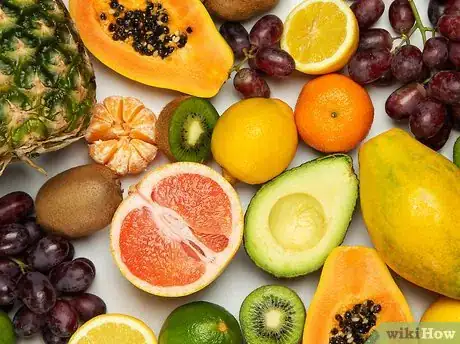
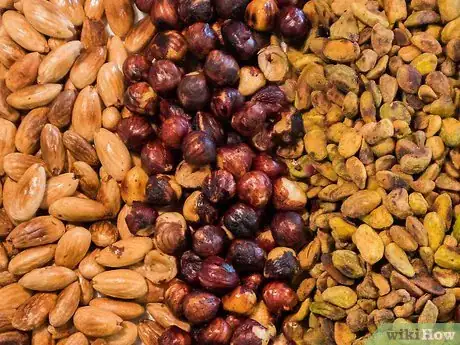


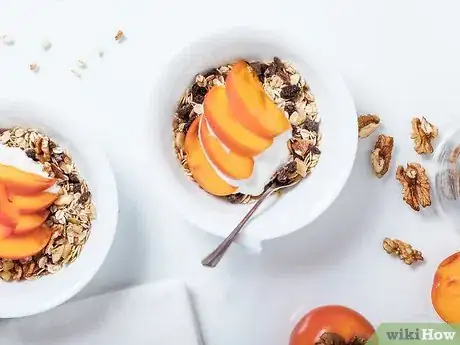
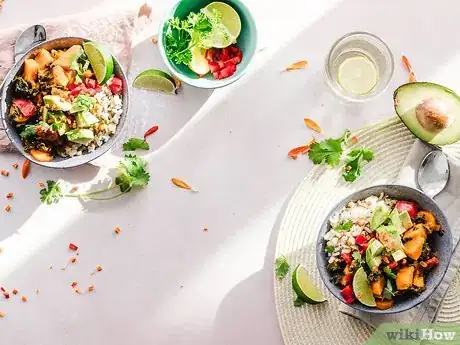
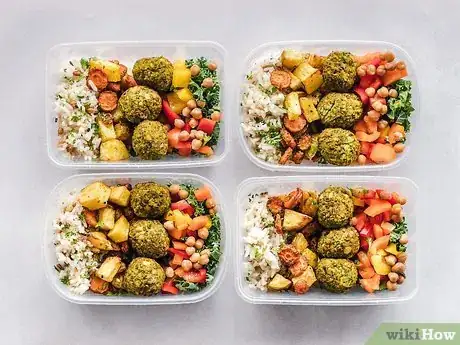
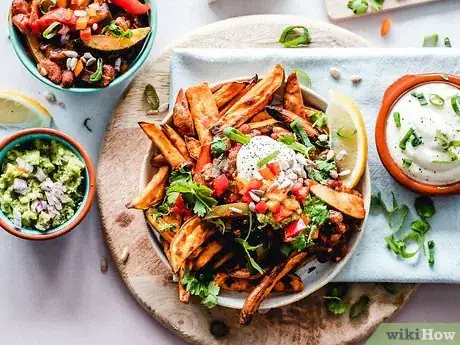
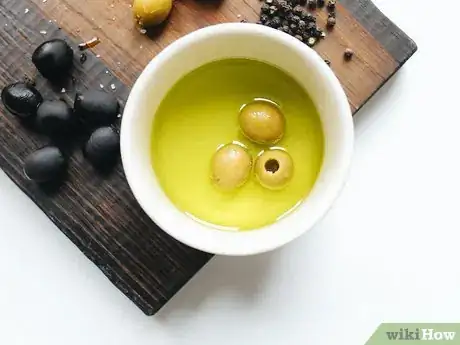

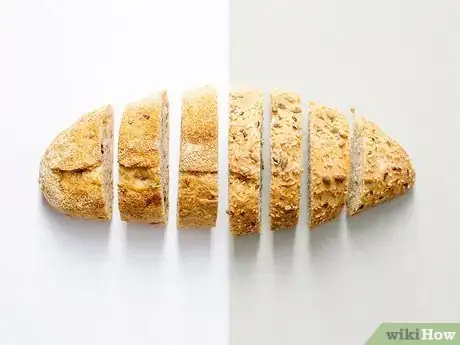


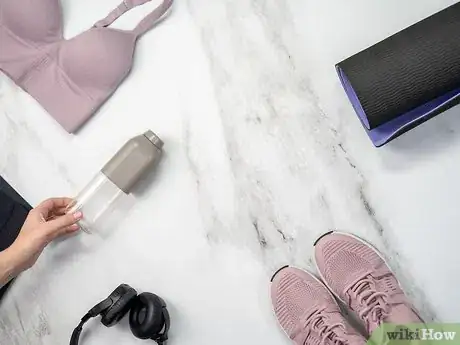



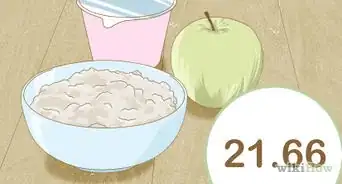
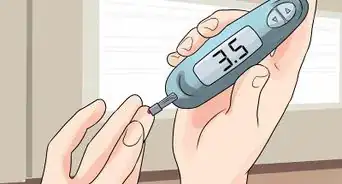













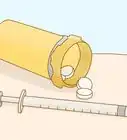

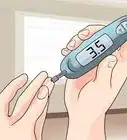




































Medical Disclaimer
The content of this article is not intended to be a substitute for professional medical advice, examination, diagnosis, or treatment. You should always contact your doctor or other qualified healthcare professional before starting, changing, or stopping any kind of health treatment.
Read More...